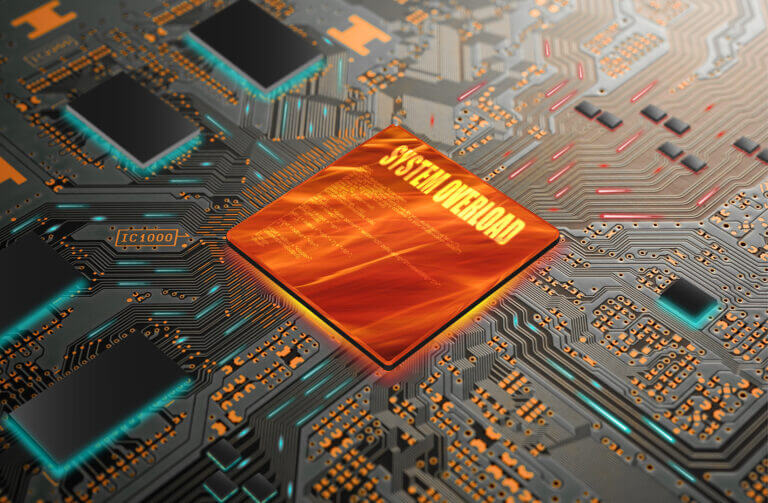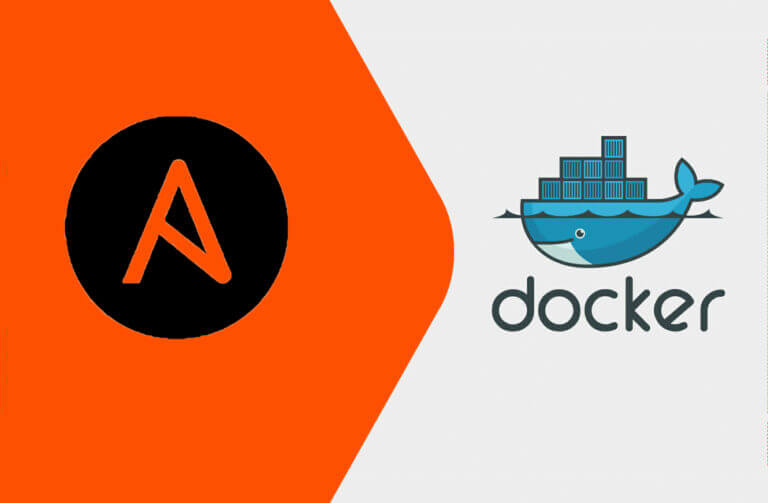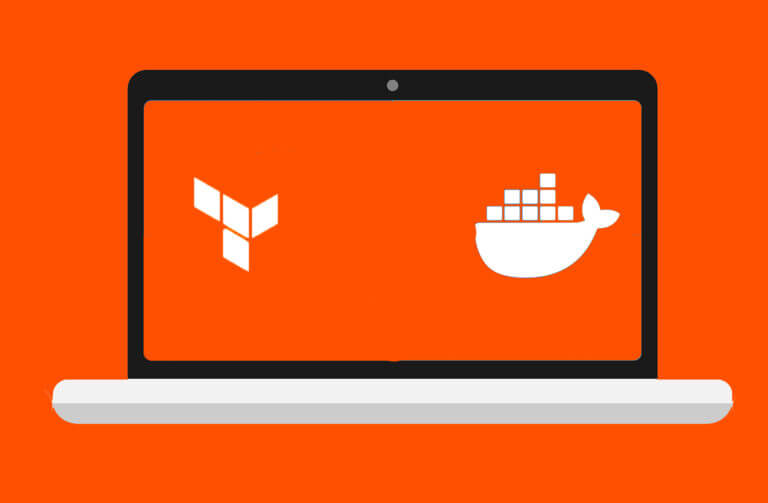Summary
Graphics processing units (GPUs) and tensor processing units (TPUs) are two types of processing units that are central to AI and machine learning.
Processing units are essential parts of a computer system. They’re the heart of the system—the part responsible for “computing” the data (i.e., performing the input-output, processing, and storage).
There are various types of processing units, although the main types are central processing units (CPUs), graphics processing units (GPUs), and tensor processing units (TPUs). TPUs and GPUs are extremely important for AI and machine learning use cases. They offer similar capabilities via different mechanisms. In this blog, we’ll compare TPUs versus GPUs in terms of their performance, uses, and trends.
What Is a TPU?
TPUs are specialized processors designed by Google for AI applications built with TensorFlow. They’re designed to efficiently execute tensor operations, making them especially well-suited for deep learning tasks like neural network training and inference. TPUs can handle large-scale computations with high throughput and low latency, offering significant performance improvements over traditional CPUs and GPUs.
TPUs are very important for artificial intelligence and machine learning because of their ability to accelerate the training and deployment of deep learning models at scale. Their processing efficiency for tensor operations enables faster model training times, reduced infrastructure costs, and improved performance, all of which help drive advancements in AI research and applications.
What Is a GPU?
A GPU is a specialized electronic circuit designed primarily to accelerate the rendering of images and graphics in computer applications. Initially developed for video games, GPUs have evolved to become highly parallelized processors capable of handling a wide range of computational tasks beyond graphics rendering.
GPUs are also used in scientific simulations, financial modeling, and machine learning. Like TPUs, they help accelerate the training and inference processes of deep learning models, but they do this with their parallel processing capabilities, which enable faster training times and the handling of large data sets.
TPUs vs. GPUs: Performance Comparison
These are the main factors that come into play when comparing TPUs versus GPUs:
Speed
TPUs are designed specifically for accelerating machine learning workloads, particularly those involving deep learning tasks. GPUs offer high computational power and parallel processing capabilities, making them suitable for a wide range of applications. GPUs are generally faster than CPUs for deep learning tasks, but the specialized architecture of TPUs often allows them to be faster than GPUs.
Power Consumption
TPUs use less energy than GPUs because they’re optimized for energy efficiency. Google’s TPUs are designed to deliver high performance while minimizing power consumption, making them ideal for large-scale deployment in data centers.
GPUs, while powerful, tend to consume more power, especially when operating at maximum capacity. This can lead to higher operational costs, particularly in scenarios where energy efficiency is critical.
Cost-effectiveness
The cost-effectiveness of TPUs versus GPUs depends on various factors, including performance requirements, deployment scale, and budget constraints. TPUs may offer better cost-effectiveness for specific machine learning workloads due to their superior performance and energy efficiency. GPUs, being more general-purpose processors, may provide better value for applications beyond machine learning, such as graphics rendering, scientific computing, and gaming.
Benchmarks comparing TPUs and GPUs in machine learning tasks have shown that TPUs often outperform GPUs in terms of training speed and efficiency. For example, Google’s own benchmarks have demonstrated significant speedups in training deep learning models using TPUs compared to GPUs. However, the choice between TPUs and GPUs ultimately depends on the specific requirements and constraints of the application, as well as factors such as availability, compatibility, and support within the existing infrastructure.
Use Cases for TPUs vs. GPUs
Now let’s look at some tasks that TPUs and GPUs are best suited for.
Use Cases for TPUs
Natural Language Processing (NLP)
TPUs are well-suited for NLP-related tasks such as language translation, sentiment analysis, and text generation. Google’s BERT (Bidirectional Encoder Representations from Transformers) model, for instance, benefits from TPUs for faster training and inference, enabling improvements in language understanding and generation tasks.
Image Recognition and Computer Vision
TPUs are particularly effective for image recognition tasks, such as object detection, image classification, and image segmentation. Google’s Vision API, for example, uses TPUs to provide real-time image analysis capabilities, supporting applications in industries like healthcare (e.g., medical image analysis) and retail (e.g., product recognition in inventory management).
Recommendation Systems
TPUs help accelerate the training of recommendation algorithms used in personalized content delivery platforms, such as streaming services and e-commerce websites. By processing large data sets and complex neural network architectures efficiently, TPUs enable more accurate and timely recommendations, enhancing user experience and engagement.
GPU Use Cases
Gaming and Graphics Rendering
GPUs remain the industry standard for gaming and graphics-intensive applications due to their specialized hardware for rendering high-quality graphics in real time. Game developers leverage GPUs to create immersive gaming experiences with realistic visuals and smooth frame rates.
Science
GPUs are widely used in scientific computing for simulations, modeling, and data analysis tasks in fields like physics, chemistry, and climate research. Researchers leverage the parallel processing capabilities of GPUs to accelerate complex simulations and analyses, leading to breakthroughs in areas like drug discovery, climate modeling, and materials science.
Cryptocurrency Mining
Cryptocurrency mining operations use GPUs for cryptographic calculations required to validate transactions and secure blockchain networks, ultimately enabling safer and more efficient mining of cryptocurrencies like Bitcoin, Ethereum, and Litecoin.
GPU and TPU Developments and Trends
All of the current advancements in TPUs and GPUs are centered around improving performance, efficiency, and versatility to meet the evolving demands of various applications and industries.
TPUs are increasingly being integrated into federated learning frameworks to allow distributed training of machine learning models across multiple devices while ensuring data privacy and security. Smaller, more power-efficient TPUs are now being used for edge devices, enabling things like on-device AI inference in smartphones, IoT devices, and autonomous systems.
GPU manufacturers are focusing on advancing real-time ray tracing technology to achieve more realistic graphics for video games, virtual reality, and architectural visualization. Future GPUs will likely incorporate dedicated hardware for ray tracing acceleration, enabling immersive visual experiences with lifelike lighting and reflections. GPU manufacturers are also exploring ways to use GPUs for quantum computing research and development. GPUs can be used to simulate quantum algorithms, optimize quantum circuits, and analyze quantum data, accelerating the advancement of quantum computing technology and its practical applications.
In the future, look for both GPUs and TPUs to factor into:
- AI-driven healthcare: TPUs and GPUs will play a crucial role in accelerating AI-driven healthcare applications, such as medical image analysis, drug discovery, and personalized treatment planning. They enable faster and more accurate diagnosis, drug development, and patient care, ultimately improving healthcare outcomes.
- Autonomous systems: TPUs and GPUs are very useful for powering autonomous vehicles, drones, and robotics, enabling intelligent perception, decision-making, and control in dynamic environments. These technologies enable safer and more efficient autonomous systems capable of navigating complex scenarios with precision and reliability.
- Sustainable computing: Continued advancements in energy-efficient TPUs and GPUs contribute to reducing the environmental footprint of data centers and computing infrastructure. By optimizing performance per watt, these technologies enable more sustainable computing solutions, mitigating the environmental impact of AI and high-performance computing applications.
Conclusion
TPUs and GPUs are both powerful technologies that are already changing the way things work. TPUs offer superior speed and energy efficiency, making them ideal for large-scale training and inference in AI applications. The parallel processing capabilities of GPUs make them indispensable for things like graphics rendering, scientific computing, and cryptocurrency mining.
Choosing between TPUs and GPUs will always come down to your specific requirements and objectives. For deep learning tasks that heavily rely on tensor operations, TPUs are often the preferred choice, while GPUs usually make more sense for applications beyond machine learning.
That said, whether you’re using TPUs or GPUs, you need data storage that is fast enough to keep up. Fast processors need fast flash storage. Pure Storage products and solutions form a comprehensive data platform both on premises and in the cloud. Learn more about how Pure Storage provides an AI-ready infrastructure that simplifies enterprise AI.
![]()






